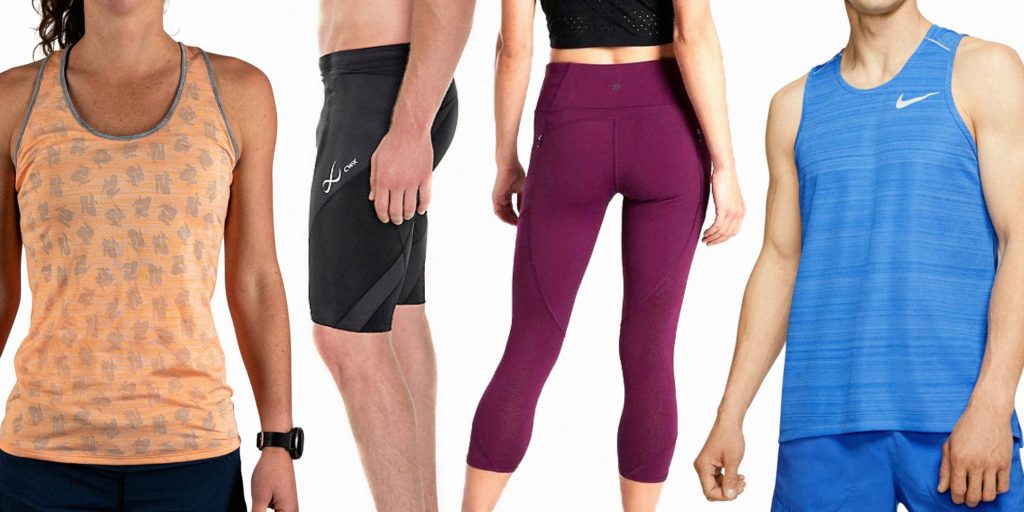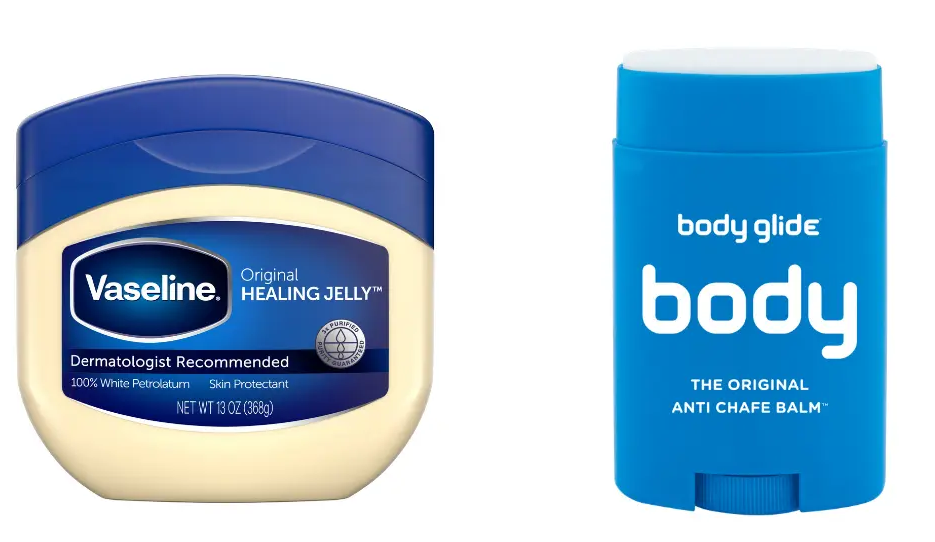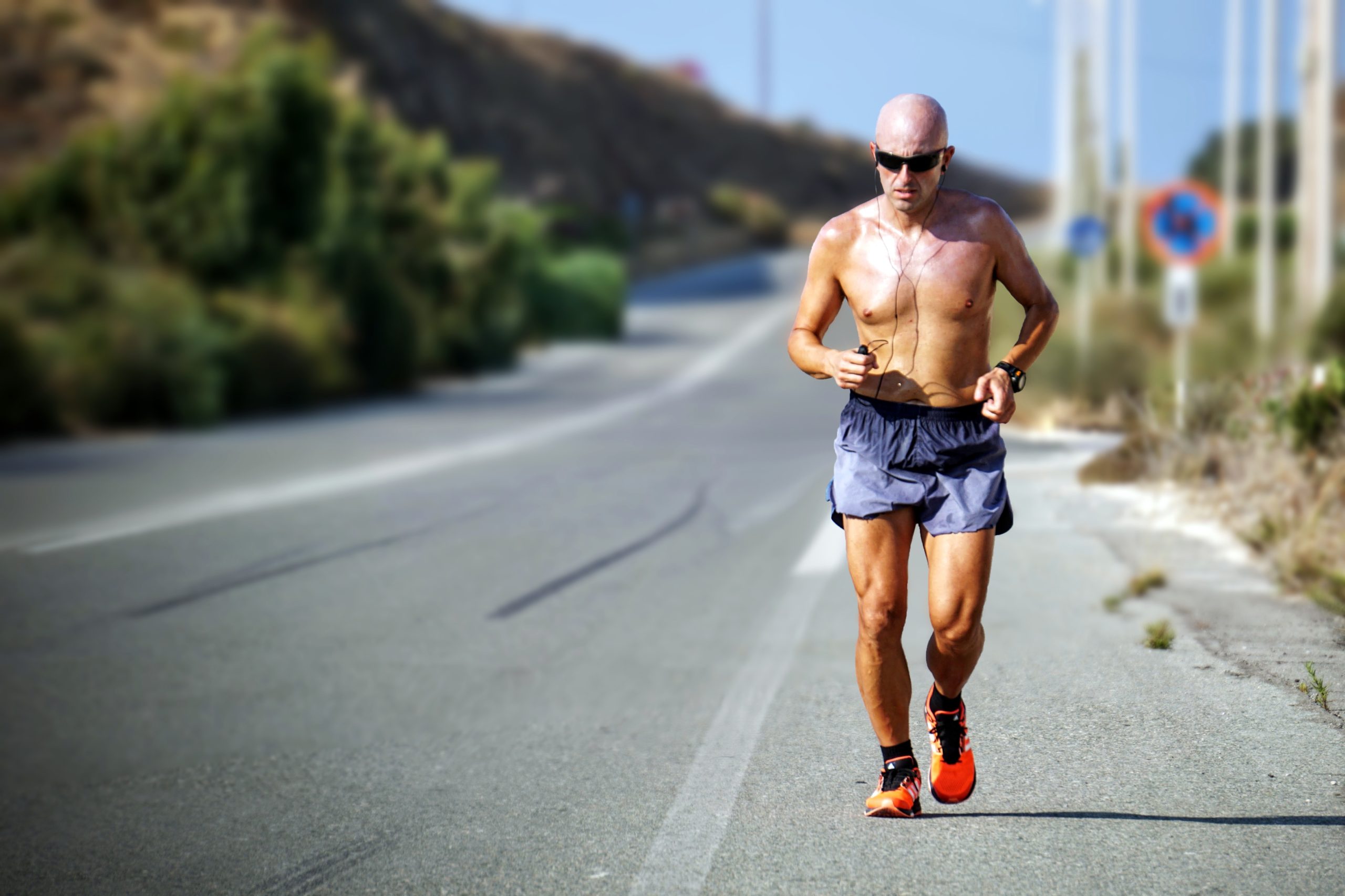Chafing: The Best Ways To Prevent Unpleasant Running Experience
Chafing is a problem, that most runners encounter during long runs such as half-marathon or marathon. It can be really painful and turn your race into a nightmare. That is why it is important to know about it and prepare for it during your training runs.
What is chafing?
Chafing is a skin irritation caused by intense friction of parts of your body with your sweaty clothes. It causes your skin to become red and itchy. Continued running may then lead to painful skin rash, possibly associated with bleeding.
Chafing affects parts of the body such as the nipples, armpits, thighs or genitals. In extreme cases, the irritation can be so serious, that it may last for several days. Such a medical condition could turn even a simple hot water shower into a painful experience.
Main factors that cause chafing
- Bad clothes selection
- Hot weather
- Failure to protect risky areas
Clothes selection matters
Many people will firstly experience chafing in the nipple area. Nipple irritation, based on my experience, is a problem that more affects men. The reason is that many women use special sports bras, which prevent excessive friction with another layer of clothing. While plenty men will usually wear a simple T-shirt when going out for exercise.

What is an ideal T-shirt for running?
My first answer would be no T-shirt. Running shirtless will prevent you to get chafed in the nipple area. But it is obviously only a summer option. For the rest of the year, wearing proper equipment may help a lot.
In general, it is extremely important to look at the materials that your shirt (bra) is made of. Search for equipment made of synthetic materials such as lycra, elastane, nylon or polyester. They are all moisture-wicking materials that do not absorb sweat, dissipate heat and keep your skin as dry as possible.
Natural fabrics such as cotton or silk absorb moisture and become damp and heavy, which increases the rubbing and can consequently make chafing worse.
Hot weather
Weather is an element that we cannot influence. When running outdoors, excessive temperatures cause significant sweating and no clothing can wick away enough sweat to keep your skin dry. Not even clothes made of the highest-quality synthetic materials can dissipate all heat and moisture. Hours of rubbing your skin against your clothes will simply cause irritation and skin problems.
Therefore, it is extremely useful to consider other options to protect against skin irritation, especially at high temperatures. Let’s explore some of the possibilities that worked for me just fine and may help you as well.
Tools to prevent chafing
While choosing clothes is crucial, it will not completely solve the chafing problem. This is especially true for longer runs, such as marathons. Luckily, there are other ways to dramatically reduce chafing.
Band-aids and spot plasters
Many people use band-aids and spot plasters to cover their nips while running. While they may just work fine (especially with tight shirts), they did not work very well for me. In most of the cases I used them, they fell down during the run as I got a bit more sweat. If you want to give them a try anyway, I recommend NipEAZE, they are water-resistant and hold the best.
Petroleum Jelly
This one is my favorite product and I definitely recommend it to use it. All you need to do prior to the run is to apply a thin layer of ordinary Petroleum Jelly (Vaseline) to parts of the body you wish to protect.
Whether it’s the nipples, thighs or the area around the private parts, simply apply jelly there and rub gently. Petroleum Jelly creates a protective layer that dampens the impact of wet clothing hitting risky areas of your body. It also gets slowly absorbed into your skin, so such protection may last for several hours.
There is a disadvantage though. Petroleum Jelly contains a mix of mineral oils, which may stain your clothes. Imagine running a race with stains around your nips… It could look quite funny on the pictures.
My advice is to definitely experiment with Petroleum Jelly as it worked great for me. Just make sure to avoid putting too much of it at once.

Body glide
Glide products help to protect you from chafing by creating a barrier between your body and your clothes. While the logic is the same as with Petroleum Jelly, the glide is a more expensive option. On the other hand, it will not stain your clothes.
Other body parts that get chafed
Outside of nips, most people struggle with chafing in the area of the inner thighs and genitals (groin).
Thighs chafing
Thigh chafing is a very common skin irritation, not only when running but also when hiking. It arises as a result of the friction of the inner parts of the thighs against themselves. Redness, severe itching and burning appear at the place where the rubbing occurs, making further activity uncomfortable. Sweat and moisture further worsen the discomfort.
There are multiple ways to reduce friction of thighs, starting with proper equipment. Thigh bands are small accessories that you can wear around your thighs to prevent chafing during exercise. If you prefer to cover a bigger area of your thighs, try anti-chafing shorts to prevent your skin from getting irritated.
Chafing in the genital area
Probably the most unpleasant is the skin chafing in the genital area. Men listen! Make sure that your lower parts don’t move while running, but are firmly fixed to avoid hitting the underwear. If you run long, this could mean bleeding, which may get extremely uncomfortable. Don’t risk possible inflammation or infection. This would not only limit your sexual abilities but would also expose you to unnecessary health risks.
You should consider trying to experiment with compression underwear. These products are very pleasant to the touch and are made to fixate your private parts and groin. There has to be zero space to move or you will get torn up.
How to treat chafing
Once parts of your skin chafe, it hurts. You need quick and effective treatment. When you get home after exercise, get a shower and gently clean the chafed skin with lukewarm water and soap. The soap will clean the sweat and disinfect the area.
After the shower, dry it out. You may consider applying natural remedies like aloe vera, coconut oil or shea butter. It will help to reduce inflammation and irritation.
In most of cases, your skin should improve within a day or two. If the rash does not retreat or is still bleeding, get an appointment at a dermatology or contact your family doctor.
.




